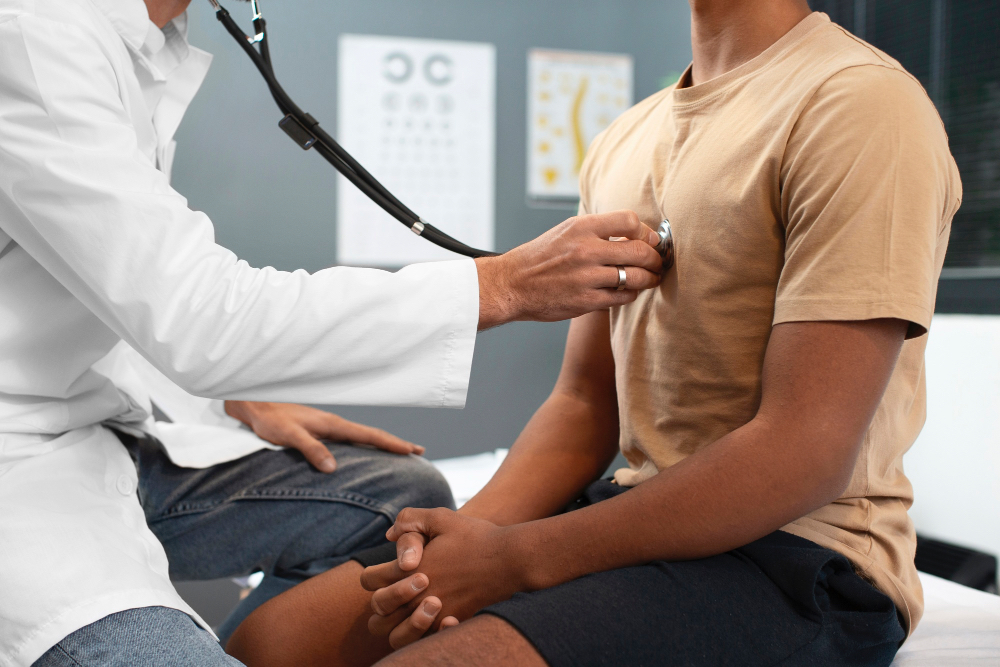Sudden cardiac arrest strikes without warning, causing the heart to stop beating effectively and cutting off blood flow to vital organs. While it can affect apparently healthy individuals, certain health conditions significantly increase the risk of experiencing this life-threatening emergency. Understanding these conditions and their relationship to cardiac arrest can help individuals and their families recognize risks and take appropriate preventive measures.
Coronary Artery Disease: The Leading Culprit
Coronary artery disease (CAD) is responsible for approximately 80% of sudden cardiac arrests in adults. This condition occurs when the arteries that supply blood to the heart muscle become narrowed or blocked by fatty deposits, known as plaques. When these plaques rupture or cause complete blockage, they can trigger dangerous heart rhythms that lead to sudden cardiac arrest.
The insidious nature of CAD is that it often develops silently over the course of years or decades. Many people have significant coronary blockages without experiencing symptoms until a cardiac event occurs. Risk factors for CAD include high cholesterol, hypertension, diabetes, smoking, family history, and a sedentary lifestyle.
Even individuals who have survived heart attacks remain at elevated risk for sudden cardiac arrest. The scarred heart muscle from previous damage can create electrical instability, making dangerous arrhythmias more likely to occur. This information makes taking a CPR course a significant undertaking in one’s life.
Heart Rhythm Disorders (Arrhythmias)
Various types of arrhythmias can directly trigger sudden cardiac arrest. Ventricular fibrillation, where the heart’s lower chambers quiver chaotically instead of pumping blood, is the most common rhythm disturbance found in cardiac arrest victims. Ventricular tachycardia, an abnormally fast heart rhythm originating from the ventricles, can also rapidly progress to cardiac arrest.
Some people are born with electrical system abnormalities that predispose them to dangerous arrhythmias. Long QT syndrome, Brugada syndrome, and catecholaminergic polymorphic ventricular tachycardia are genetic conditions that can cause sudden cardiac arrest, often in young, apparently healthy individuals.
Acquired arrhythmias can result from heart disease, electrolyte imbalances, medication side effects, or substance abuse. The unpredictable nature of these rhythm disorders makes them particularly dangerous, as they can occur even during routine daily activities.
Cardiomyopathy: When Heart Muscle Fails
Cardiomyopathy refers to diseases of the heart muscle that affect its ability to pump blood effectively. Hypertrophic cardiomyopathy, where the heart muscle becomes abnormally thick, is a leading cause of sudden cardiac arrest in young athletes. The thickened muscle can obstruct blood flow and create electrical instability.
Dilated cardiomyopathy, where the heart chambers become enlarged and weakened, also increases the risk of sudden cardiac arrest. This condition can result from viral infections, alcohol abuse, chemotherapy drugs, or genetic factors. As the heart muscle becomes progressively weaker, it becomes more susceptible to dangerous rhythm disturbances.
Arrhythmogenic right ventricular cardiomyopathy is a rare condition where normal heart muscle is replaced with fatty or fibrous tissue, particularly in the right ventricle. This condition is notorious for causing sudden cardiac arrest in young people during physical activity.
Heart Failure: A Complex Risk Factor
While heart failure itself doesn’t directly cause sudden cardiac arrest, it significantly increases the risk. The weakened and damaged heart is more susceptible to arrhythmias or SCA. Understanding your specific condition can help you manage your health more positively. You can also consider learning CPR to help others.
Author: Donna Ryan is a writer residing in Tucson, AZ. You can contact her at donnar668@gmail.com.




